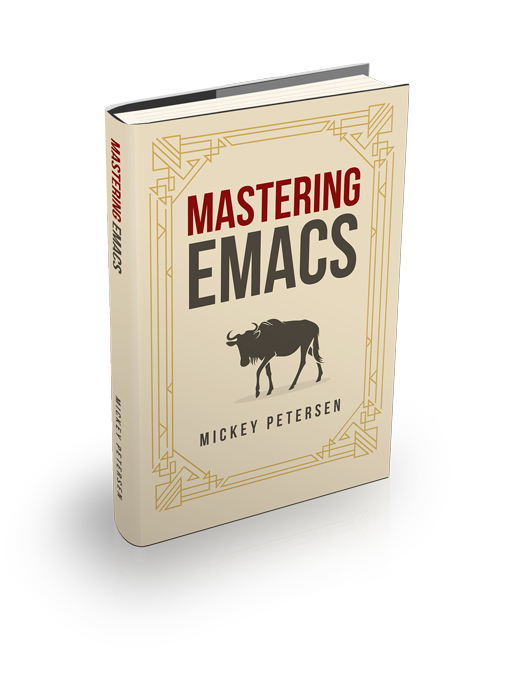A little more than a year ago I set out to write a blog about the things I knew about Emacs. I had been collecting tips, concepts and snippets in a large org file for years with the goal of one day sharing what I knew with other people. I picked up Emacs when I was in University having heard about it before, but never really used it. All I knew about it was that it was really advanced, had meta keys and came with a built-in psychotherapist (try it – M-x doctor.)
When I mentioned this to someone more experienced in the world of editor-fu at the University’s computer science society, he told me that he used vim, and it was the editor of choice bar none, and that no other editor was worth using; that the modal concept was superior in every way to Emacs, and I was a fool for considering a fate worse than death if I defied his sage advice.
I immediately started using Emacs, and I have never looked back.
But I never had the opportunity to learn from an Emacs master myself. So when I finally sat down and wrote my first article a little more than a year ago I wrote it with the assumption that simply knowing what a keystroke does is not enough if you want to master Emacs; you must understand the why and not just the how. Thankfully, although Emacs has a steep learning curve, once you “get” it – you get it. And reaching that step is not an unattainable goal if you try to grasp the why. I remember when it finally “clicked” for me and I finally got how the editor functioned and why it functioned the way it did. Unfortunately, to achieve this level of enlightenment will involve a smidgeon of Lisp – and that’s probably what puts off most people. If you are an Emacs user and you are put off by elisp – overcome it and give it a shot. Elisp is arguably the most practical application of Lisp for most professional developers. You can write it, use it right away, and enrich your Emacs experience at the same time.
As I’ve written quite a few articles I have come to the realization that finding stuff on my site is, ah, not that easy. Therefore, I have created a reading guide to help newcomers find their way around.
Here’s to another year.


